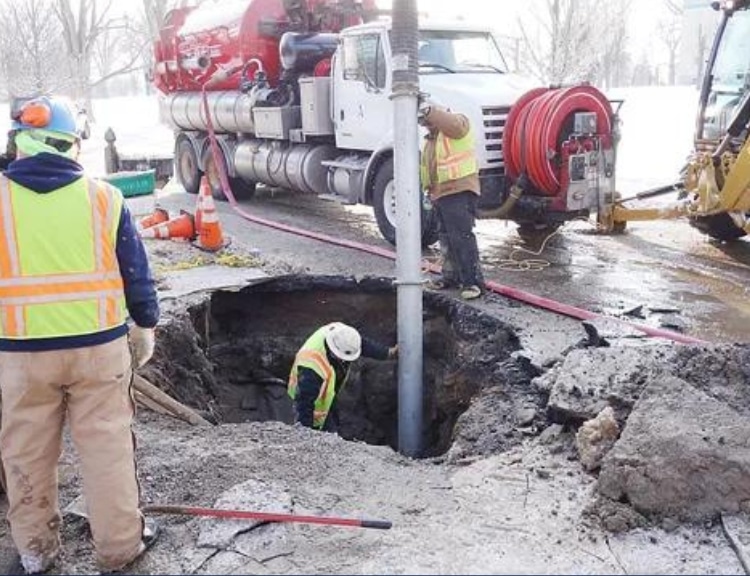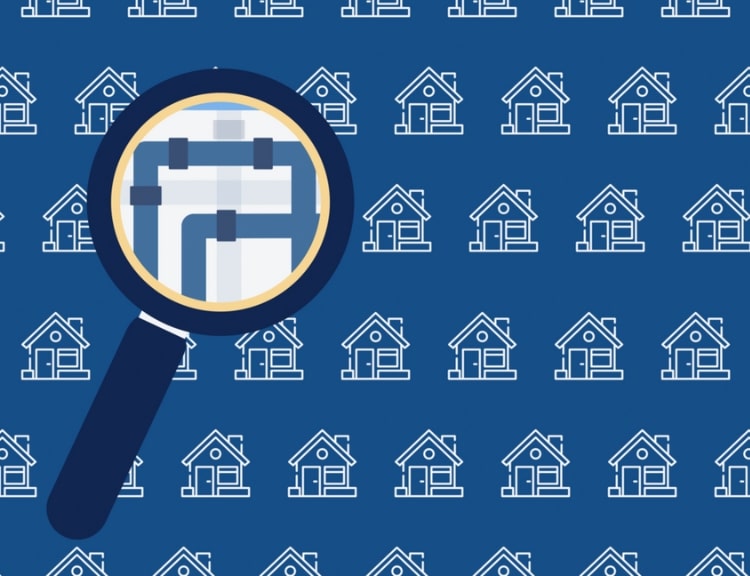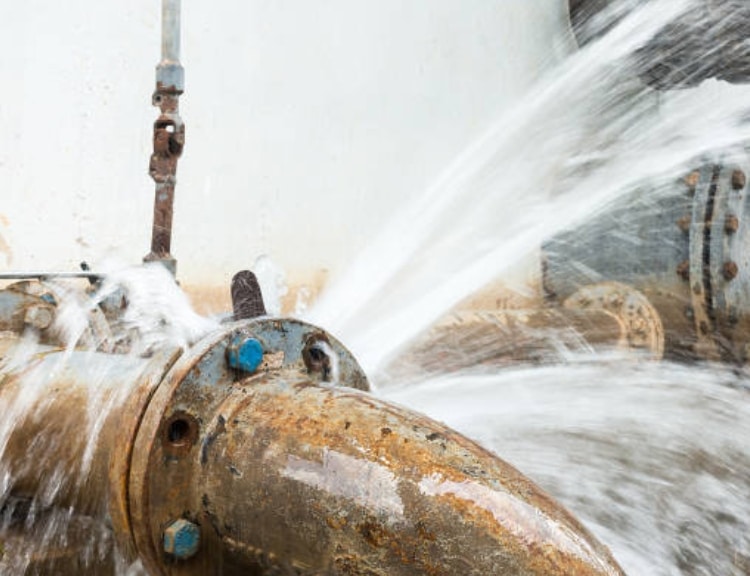In recent years, the impact of climate change on infrastructure has become increasingly evident, with one critical area being water mains. Weather patterns, particularly extreme and changing conditions due to global warming, significantly impact water main leaks and breaks. Understanding these dynamics is crucial for municipalities seeking to manage their water systems effectively and proactively.
This blog aims to provide utility managers, policymakers, and the public with a detailed understanding of the current state of water main infrastructure and the environmental challenges faced in maintaining these systems. Read on to discover several key ways in which drastic weather patterns can influence leaks and breaks in your water main network.
1. Effects of temperature fluctuations
Water mains are susceptible to leaks and breaks during seasonal changes, particularly during the winter months. During those cold temperatures, the ground can freeze and expand, exerting pressure on underground pipes, leading to breaks. Similarly, during thaw periods, shifting soil can also damage these pipes.
With global warming, the frequency of temperature extremes is increasing. The risk? High temperatures can potentially cause materials to expand and contract, accelerating its wear and tear. This becomes even more problematic for older pipes made of cast iron and asbestos cement, which are more brittle and more prone to a high likelihood of failure.
2. Increased rainfall and flooding
Increased rainfall due to changing weather patterns can lead to soil saturation, putting additional stress on buried pipelines. Saturated soil can shift and erode, causing pipes to move and potentially break.
In addition, frequent flooding can lead to corrosion, particularly in pipes made of materials susceptible to rust and decay when exposed to water for prolonged periods. This is a significant issue for utilities with an older infrastructure.
3. Drought conditions
Droughts have proven to cause the soil to dry out and shrink, leading to the soil settling and shifting. This movement can cause pipes to bend, crack, or become disjointed, leading to costly leaks and breaks.
During these droughts, water utilities often increase water pressure to meet demand. Unfortunately, this can stress older pipes and increase the likelihood of future failures.
The role of predictive analytics in mitigating risks
For cities and municipalities looking to safeguard their water infrastructure in the face of changing climate conditions, integrating predictive analytics into maintenance planning is not just beneficial—it’s essential for sustainable urban development.
BlueConduit’s Water Main Predictions solution stands at the forefront of this effort, leveraging advanced data analytics to forecast and prevent failures.
BlueConduit integrates weather data into its predictive models, enhancing accuracy and relevance. By incorporating real-time weather information, the system can dynamically adjust predictions based on current environmental conditions. Here’s how it works:
Data enrichment: Combining historical water main performance data with real-time weather forecasts allows for a holistic view of system vulnerabilities across many variables.
Machine learning algorithms: Utilizing locally tailored, AI-driven algorithms, BlueConduit can predict potential weak points in the water main network based on current and projected weather patterns, alongside other relevant data.
Proactive analytics: Armed with these predictions and BlueConduit’s easy-to-use Esri tools and dashboards, municipalities and utility operators can proactively schedule assessment, maintenance, and repairs, reducing the likelihood of costly and disruptive water main failures.
Weather fluctuations directly influence the condition of underground water infrastructure – and global warming only exacerbates these challenges by intensifying weather extremes. In the face of climate uncertainty, investing in predictive analytics represents a proactive step toward sustainable water management.
To learn more about BlueConduit’s Water Main Predictions solution, schedule a meeting to chat with our expert team.






